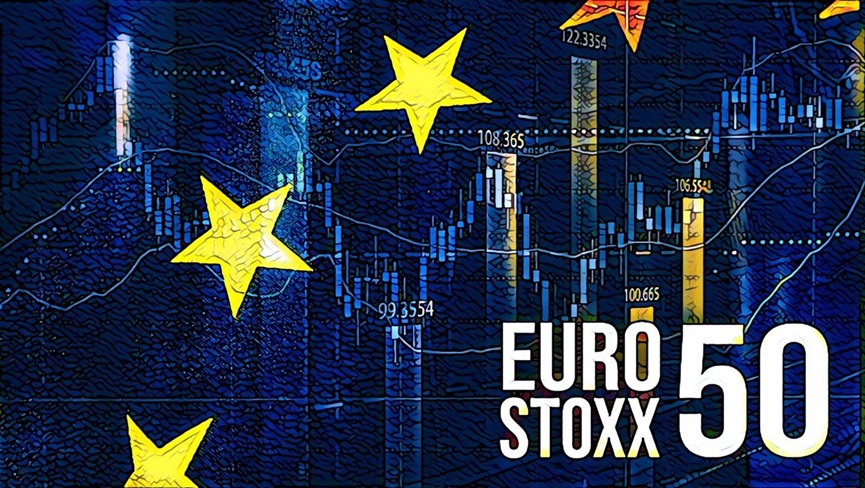European equity markets continue to attract significant investor interest with key futures indices like EuroStoxx 50 (STXEc1), DAX (FDXcl), and FTSE 100 (FFIc1) serving as barometers for the continent’s economic and corporate sentiment. These futures contracts offer traders and investors efficient avenues to hedge, speculate, or gain exposure to blue-chip equities across major European economies.
Key Highlights Of The Current Futures Market Landscape
EuroStoxx 50 Index Futures represent the top 50 blue-chip companies across the Eurozone, weighted by free-float market capitalization, providing broad and liquid market access.
The DAX Futures (FDXcl) track Germany’s flagship index comprising 40 large-cap companies, reflecting the economic health of Europe’s largest economy.
The FTSE 100 Futures (FFIc1) encompass Britain’s leading 100 companies, a diverse mix of industrial, financial, and consumer sectors.
These futures contracts are cash-settled, with varying contract sizes and minimum price tick values catering to different investor preferences.
Recent market movements showed European indices making cautious gains amid mixed macroeconomic signals including inflation data, political developments, and corporate earnings.
Detailed Breakdown Of The Major Futures Contracts
EuroStoxx 50 Futures
Underlying: Eurozone’s blue-chip supersector leaders including giants like SAP, Siemens, Allianz, and LVMH.
Contract Value: Approximately EUR 10 per index point with minimum price moves allowed at 1 point or EUR 10.
Settlement Type: Cash settlement typically occurring on the first exchange trading day after expiry.
Significance: Widely used for hedging exposure and benchmark tracking by institutional investors globally.
DAX Futures
Underlying: Top 40 German companies with significant influence on European markets such as Volkswagen, Deutsche Telekom, and SAP.
Contract Value: EUR 25 per index point with a minimum tick size of 1 point translating to EUR 25.
Market Role: Offers insights into investor sentiment toward Germany’s robust industrial base and export-led economy.
FTSE 100 Futures
Underlying: UK’s leading equities spanning sectors including banking, oil & gas, and retail.
Contract Value and Movements: Tailored for active traders with accessible contract values and significant daily volumes.
Market Dynamics And Trading Sentiment
European futures have experienced periods of volatility driven by factors such as geopolitical tensions, inflationary pressures, and varying trade policies. Recent data show modest upward trends supported by solid corporate earnings and easing political uncertainties, although caution remains over global economic outlooks.
The increased activity in options and futures on these indices reflects a strong appetite for diversification and risk management tools among institutional and retail investors.
Looking Ahead: Key Influences On Futures Markets
Upcoming corporate earnings reports from major constituents in indices like EuroStoxx 50 and DAX.
Monetary policy signals from the European Central Bank impacting liquidity and investor risk appetite.
Macroeconomic indicators, particularly inflation and employment data from Eurozone nations.
Geopolitical developments influencing trade flows and market confidence across Europe.
Conclusion
Futures contracts on major European indices such as EuroStoxx 50, DAX, and FTSE 100 remain vital components for portfolio management and market speculation. Their evolving dynamics provide real-time snapshots of European economic health and corporate performance, offering investors opportunities and challenges amid shifting global conditions.
As markets continue to navigate uncertainty and optimism, EuroStoxx 50, DAX, and FTSE futures will serve as key instruments for capitalizing on Europe’s financial landscape.
Sources: Eurex Exchange, Stoxx.com, Deutsche Börse, Trading Economics, CNBC Markets

